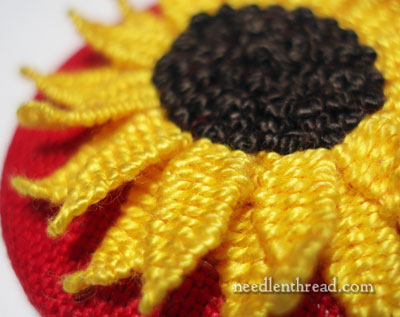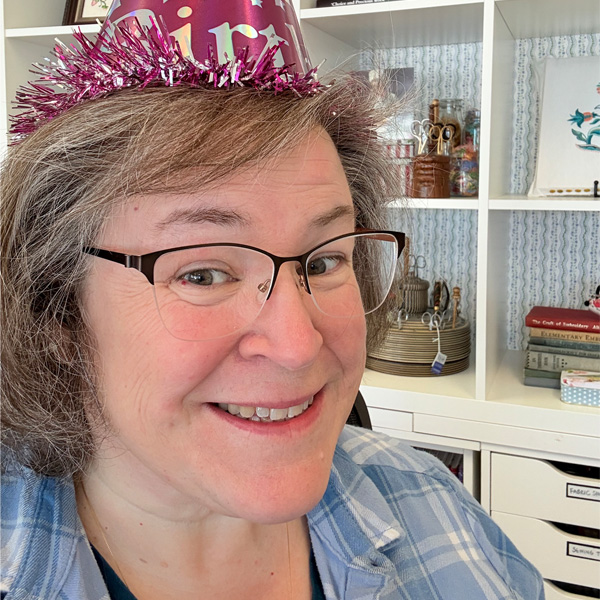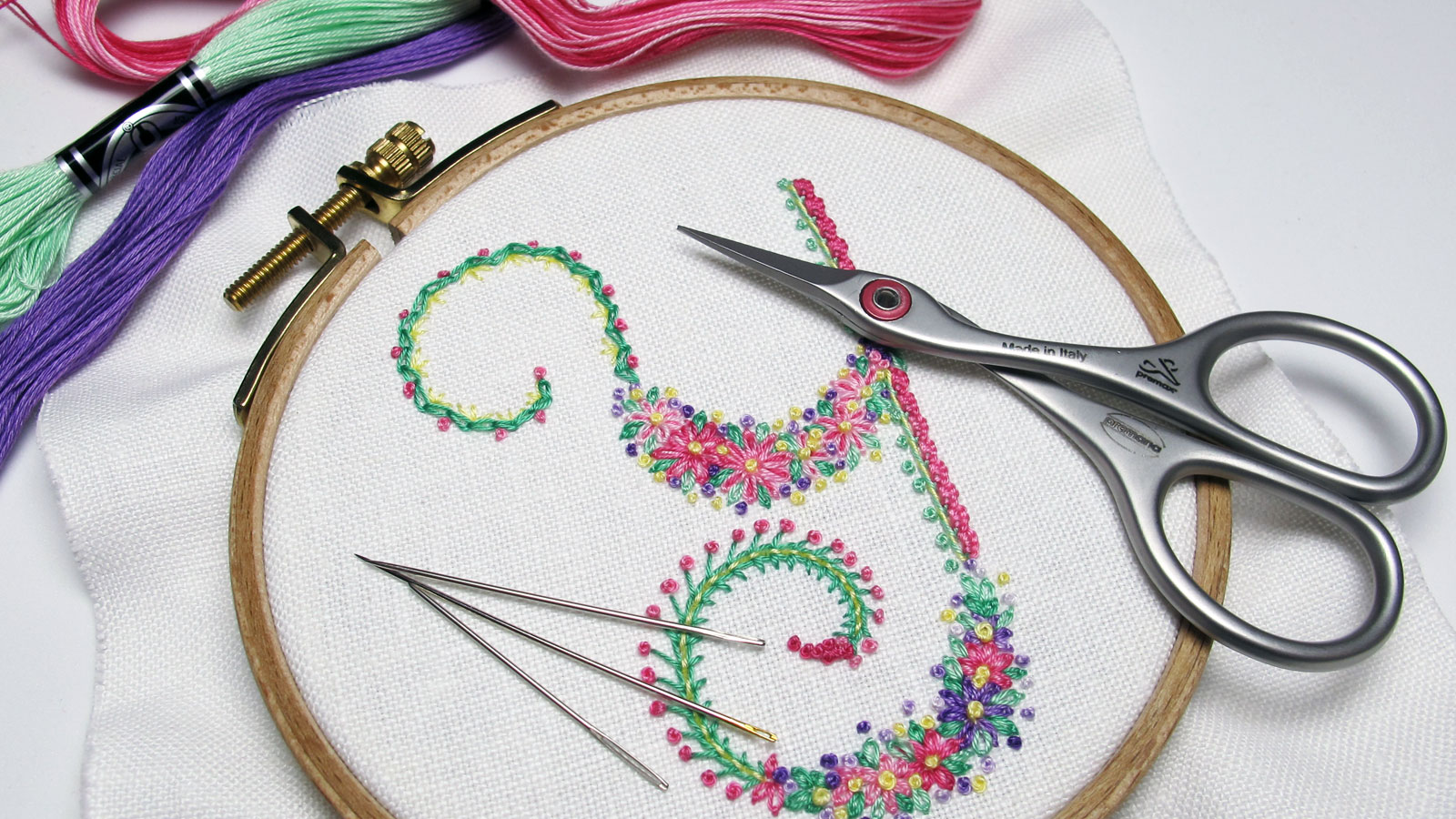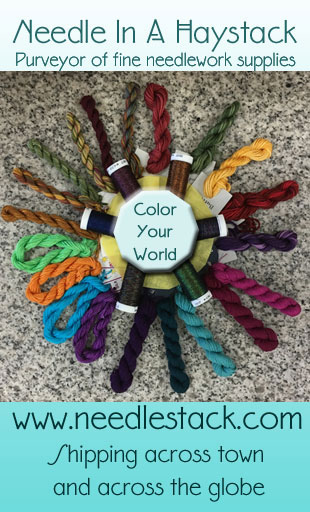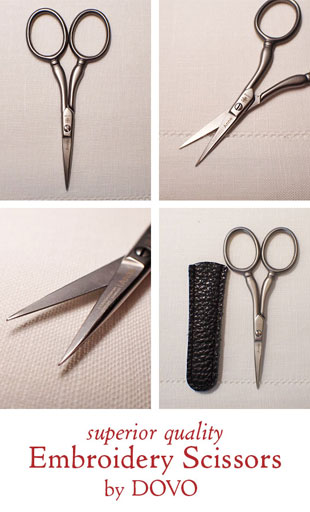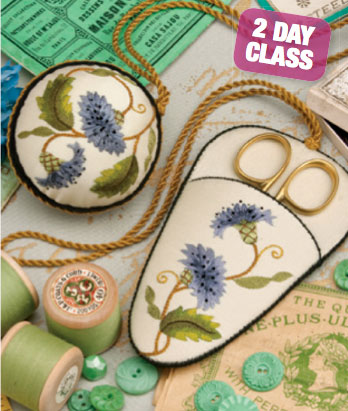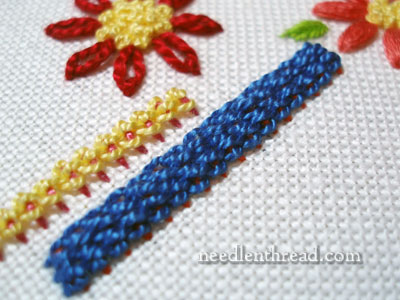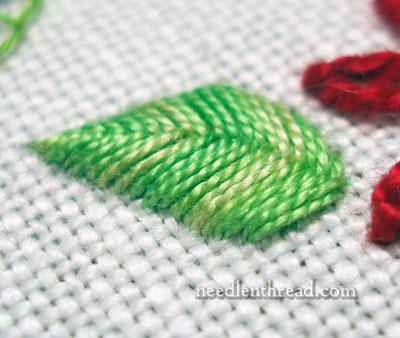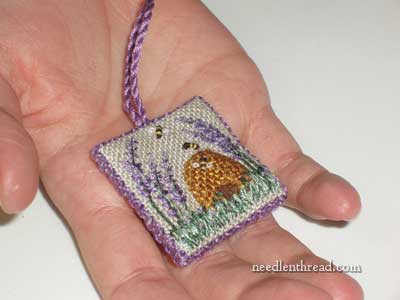‘Twas a dark and stormy afternoon. Lightening streaked across the sky, and thunder rumbled its angry response. A promise of rain hung in the sultry summer air, and all the world waited, hoping that this parched Kansas land would soon be lush again.
Except for me. I didn’t even notice.
I was under ridiculously bright lamps, trying to settle a score with some silk embroidery I’ve been fighting with lately. I was moving along, rather chipper in mood, actually making progress, when I picked up a pair of tiny scissors to take a premeditated, carefully calculated snip of thread….
You do know the kind of snip I’m talking about, don’t you? The kind that is taken slowly and carefully; the kind that you hesitate before taking, maneuvering into perfect position for the snip? That kind?
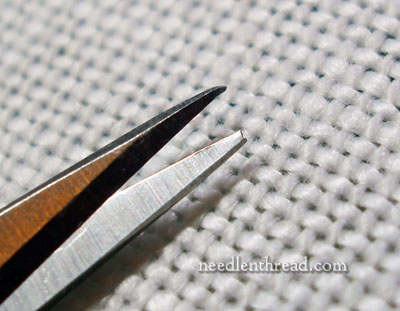 Continue reading “Bad, Bad Scissors: They Bring Woe and Disappointment”
Continue reading “Bad, Bad Scissors: They Bring Woe and Disappointment”
